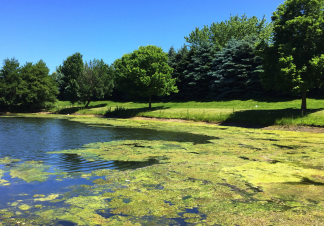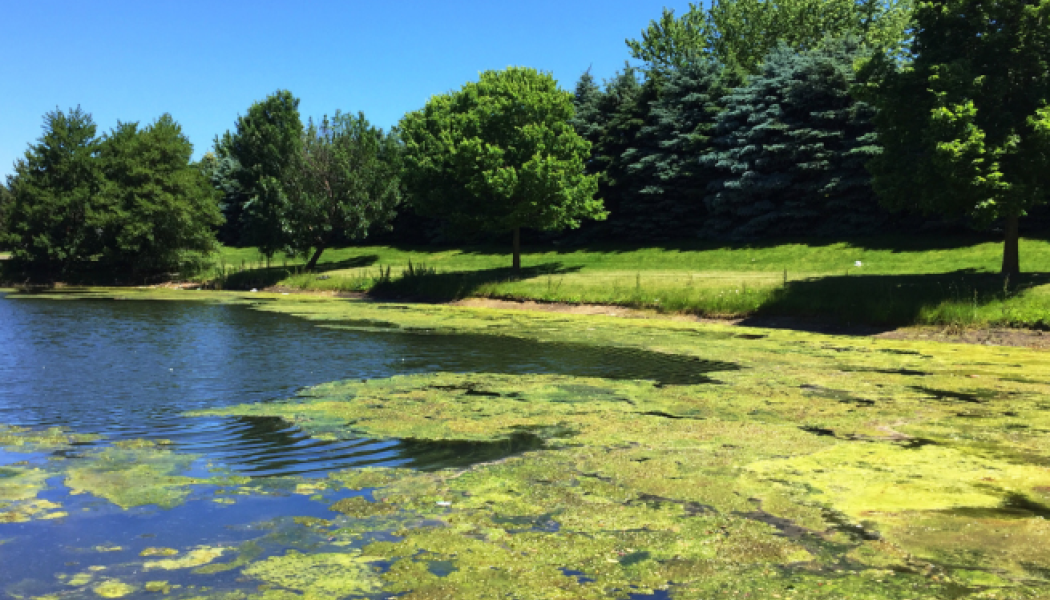It’s the time of year when the weather is getting warmer, heating up recently to summer-like temperatures in the B.C. Interior, and with that comes to the obvious desire to jump into a lake to cool down and have fun.
However, people swimming in lakes need to keep a few things in mind, including the potential presence of blue-green algae, or cyanobacteria.
While cyanobacteria can be present through winter, it is most prominent during the spring and summer when the weather is warmer.
The blue-green algae blooms can seriously affect marine life, depleting oxygen from fish and blocking sunlight from reaching creatures living at the surface, but it can also impact people’s health.
“It’s that time of year when we can see increased cyanobacteria, or blue-green algae, blooms on lakes. These blooms tend to stay on the water surface and may have a leafy scent. Sometimes blooms can be toxic for those who come in contact with the water. My advice is for users to use common sense, and avoid contact or consuming water if you suspect there is a cyanobacteria bloom,” noted Interior Health medical health officer Dr. Silvina Mema.














